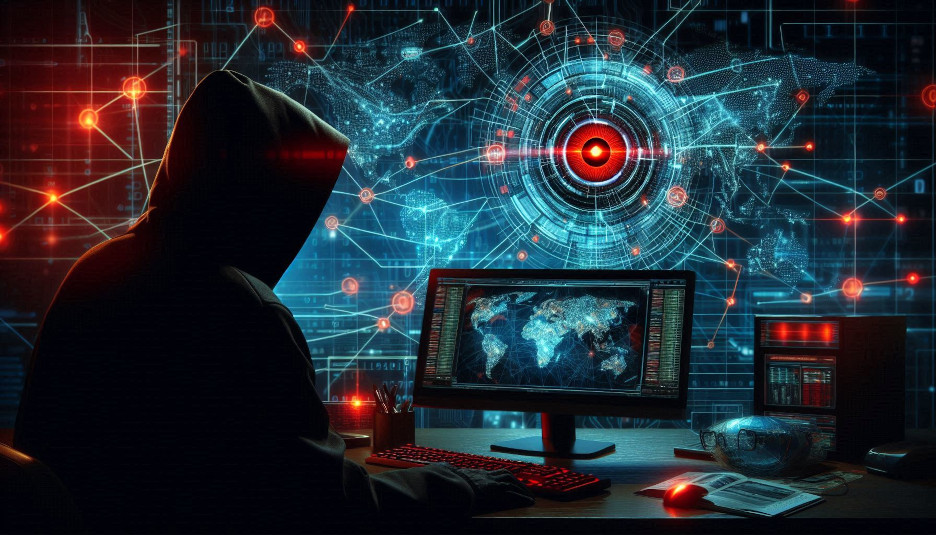AI-Powered Cyber Threats: A Growing Danger
-
 John Fry
John Fry - 21 Apr, 2024

AI-Powered Cyber Threats: A Growing Danger
The rapid advancement of artificial intelligence (AI) and machine learning has revolutionized countless industries. However, this technological revolution has also opened new doors for cybercriminals. AI-powered cyberattacks are becoming increasingly sophisticated, posing a significant threat to individuals, organizations, and nations alike.
AI-Enhanced Cyberattacks
AI is being harnessed to enhance the capabilities of cyberattacks in several ways:
AI-Powered Phishing Attacks:
- Hyper-Personalized Phishing Emails: AI can analyze vast amounts of personal data to craft highly targeted and convincing phishing emails.
- Voice Phishing and Deepfakes: AI-generated voice and video deepfakes can be used to deceive individuals into revealing sensitive information.
Autonomous Hacking Tools:
- AI-Driven Vulnerability Scanning: AI can automate the process of identifying vulnerabilities in systems and networks.
- Self-Learning Malware: Malicious software can evolve and adapt to defense mechanisms, making it harder to detect and eliminate.
AI-Optimized Malware:
- Targeted Attacks: AI can be used to identify and target specific organizations or individuals.
- Evasive Techniques: Malware can employ advanced evasion techniques to bypass security solutions.
The Impact on Organizations
The consequences of AI-powered cyberattacks can be devastating:
Data Breaches and Exfiltration:
- Financial Loss: Stolen data can be sold on the dark web or used for identity theft.
- Reputational Damage: Data breaches can damage an organization’s reputation and erode customer trust.
Disruption of Critical Infrastructure:
- Power Grids and Transportation Networks: Cyberattacks on critical infrastructure can cause widespread disruptions and economic damage.
Intellectual Property Theft:
- Trade Secrets and Proprietary Information: AI-powered attacks can be used to steal valuable intellectual property.
Defending Against AI-Powered Threats
To combat AI-powered cyberattacks, organizations must adopt a multi-layered defense strategy:
AI-Powered Defense Mechanisms:
- Advanced Threat Detection: AI-powered security solutions can detect and respond to advanced threats.
- Automated Incident Response: AI can automate routine tasks, such as patch management and vulnerability scanning.
Human-Machine Collaboration:
- Expert Analysts: Human analysts can provide critical thinking, creativity, and ethical judgment.
- AI-Augmented Decision-Making: AI can assist human analysts in making informed decisions.
Ethical Considerations in AI and Cybersecurity:
- Bias and Discrimination: AI algorithms must be trained on diverse and unbiased data.
- Transparency and Accountability: AI-powered systems should be transparent and accountable.
- International Cooperation: Collaboration between nations is essential to combat global cyber threats.
As AI continues to evolve, so too will the cybersecurity landscape. By understanding the potential risks and embracing innovative solutions, organizations can protect themselves from the growing threat of AI-powered cyberattacks.


